Case Study l Resource-driven AM projects, Function-driven AM projects
When does it actually make sense to bypass the machine shop and the casting house in favor of metal 3D printing as a solution? There are infinitely many individual applications that satisfy this basic “it makes sense” criteria for a wide variety of reasons. Categorizing these applications and defining clear Use Cases is extremely valuable, helping to guide thinking around Additive Manufacturing (AM) as a whole, including the adoption of AM as a broader strategy and the identification of good candidate AM projects while implementing that strategy.
![]() The basics
The basics
Additive Manufacturing by its very definition allows for selective material placement during the layer-by-layer “building” process of a component; this mechanism enables production of components that can be designed with less restrictions imposed by the manufacturing process. This design freedom is perhaps the most important (and most talked about) principle of Additive Manufacturing.
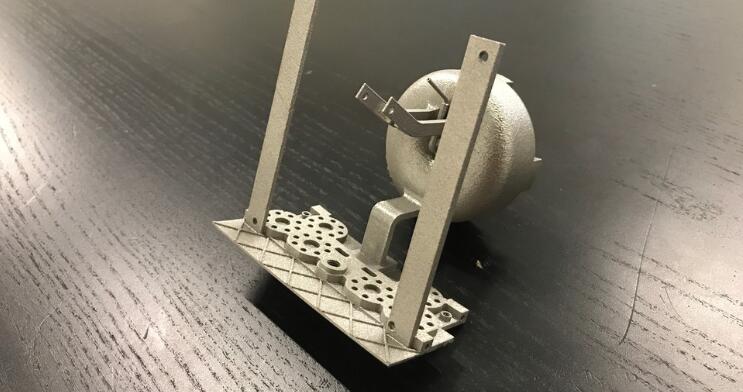
As-printed Titanium component designed for use in a satellite propulsion system
If selective material placement enables an enhanced design freedom, then this enhanced design freedom in turn enables particular design outcomes – e.g., assembly consolidation, material/weight reduction, customization, serialization – and the attainment of particular (previously inaccessible) features – e.g., internal geometries, conformal channels, complex surface profiles, thin walls, designed porosity.
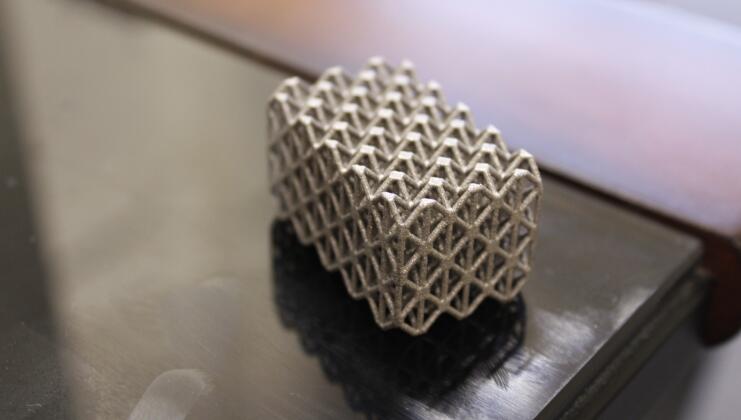
Though the lines are not perfectly clear or easy to draw, the goal in defining the pool of potential Use Cases is to be Mutually Exclusive & Collectively Exhaustive (MECE). You can imagine how incorporating a particular feature – curved internal flow paths, for example – might achieve desirable design outcomes – a reduction in material and weight – as a result of less restriction imposed on the part design. So what is the “Use Case” here? Internal channels? Lightweighting? Design freedom? Cost reduction? These concepts do not exist in isolation, but finding the appropriate categorization of projects can be extremely useful.
![]() Use Case #1: Resource Reduction
Use Case #1: Resource Reduction
These are applications of 3D printing that do not inherently need to be manufactured additively, but benefit because of a reduction in the required amounts of key resources: Material,Time,Talent,Money.
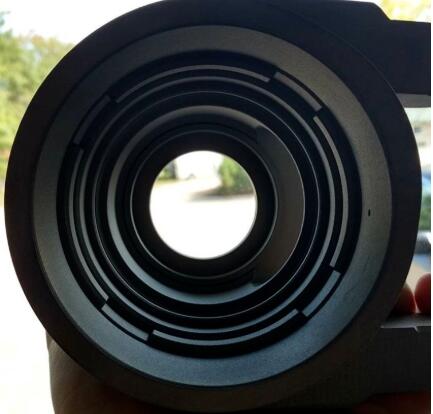
Example: think about manufacturing a large, hollow, ribbed inconel part. Using a 5-axis mill to hog out billet is certainly possible, and will result in excellent quality, but requires a significant amount of material that is mostly machined away and wasted. Procurement of material, CNC programming, fixturing, etc., all take time before the job can even start – and then it takes a very long time to complete the machining operations. Inconel is extremely hard. Even with a machinist experienced in cutting inconel, the tool wear is extreme, which limits the degree of process automation by increasing the instances of tool replacement. The quoted lead time for a single test piece is weeks (if not months) from most machine shops that will even quote it. Wasted material, long run times, significant operator burden, and extreme tool wear ultimately result in a scary looking price tag when all is said and done. It’s not unrealistic for the same part to be manufactured additively in less than half the time, at the same (or a better) price.
Resource-driven AM projects may not have particularly complex designs or outlandish looking geometries, but are driven by the need for parts on a faster timeline, or for parts in an exotic material which is expensive to procure and hard to work with. Large hollow parts are great examples, and we have worked with quite a few, including inconel aerospace housings and titanium submersible pressure vessels.
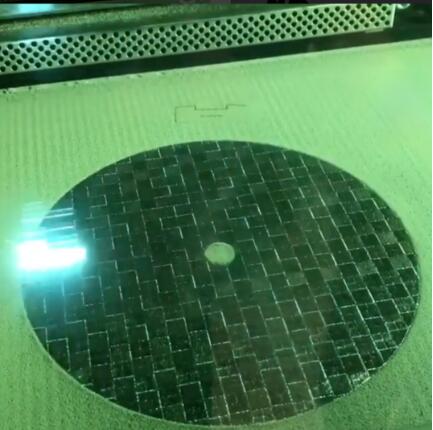
This resource reduction Use Case is primarily where metal AM thrives today. Projects of this type are generally initiated to support prototyping efforts, to implement a temporary “bridge manufacturing” solution (bridge the gap between initial development and full scale production as adoption ramps up), or to sustain an on-demand inventory strategy for parts needed in relatively low volumes. These applications are, in general, small scale and short lived. High degrees of customization, short product lifespans, retrofitting/repairs, and other sporadic or low volume production scenarios can also utilize AM as a less cost-prohibitive option, despite relatively straightforward manufacturing demands, as often seen in jewelry applications.
A company’s initial exploration of metal AM often involves taking a familiar machined / cast / injection molded part and attempting to have it 3D printed for any number of reasons: pure curiosity, a hope that it will be cheaper (at small batch or full production scales), a need for a faster lead time, or the desire to replicate an existing part in a different material. It’s no surprise that, in the majority of cases, the part does not simply become a better candidate for 3D printing than for the technology it was designed for. As a result, AM is often viewed as a prototyping technology without the economies of scale to handle true production. We couldn’t disagree more with this perception. While resource reduction applications of AM may be best suited for low volumes, full scale production and the true potential impact of AM are better defined by the second Use Case we also see in the mix.
![]() Use Case #2: Function Fulfillment
Use Case #2: Function Fulfillment
These are applications of 3D printing that require additive methods in order to physically come into being and function as designed; parts designed with additive in mind in order to attain true performance improvement and differentiation. The design of components which inherently require AM can be a difficult concept to grasp, because imagining the specifics of something that does not yet exist is not easy for most people to do. Changing people’s perceptions of manufacturing guidelines takes time, but the increasing awareness of new design principles and an increasing familiarity with stripping components down to a minimum level of functionality will continue to enhance the usefulness and adoption of AM. Early adopters of the ‘function fulfillment Use Case mentality’ have an opportunity to quickly jump ahead of competitors at this stage in the game.
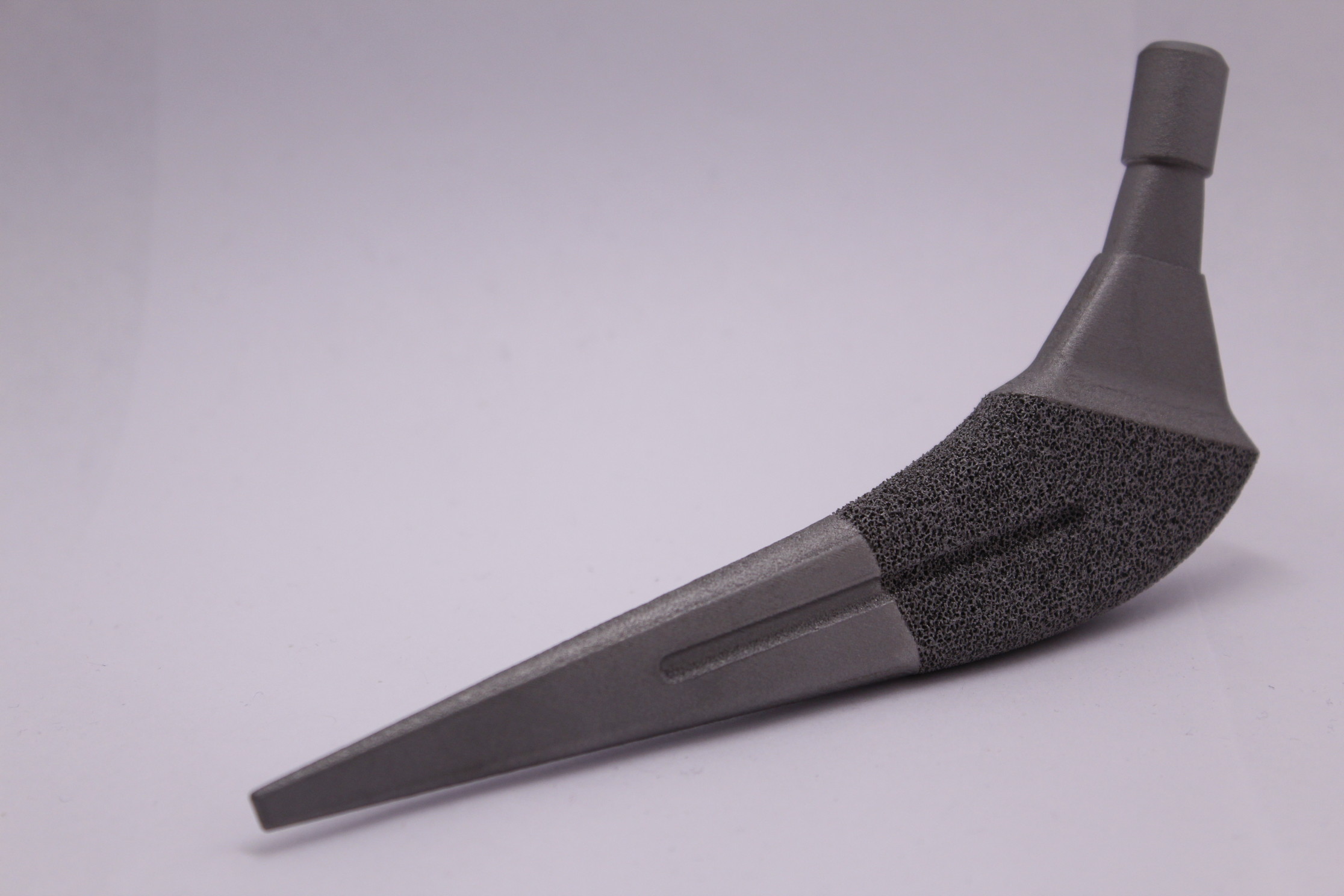
Function-driven projects of metal AM are not 3D printed for the sake of hype and marketing, but rather because of necessity. Examples we see include:
- high performance engine parts with extremely tight radius bends that maintain uniform wall thickness
- pharmaceutical components with small scale, highly complex internal channels to facilitate very specific flow characteristics
- satellite propulsion system components with small scale internal channels, complex external geometries, and thin-walled features (see cover photo)
- titanium bicycle frame segments with difficult bend radii and internal support structures
- surface-conforming clam shell jaws (for holding/fixturing odd objects)
- manifold blocks and nozzles with flow-optimized, individually-routed (rather than cross-drilled) smooth-bend flow paths
- patient-specific variations of titanium and cobalt chrome medical implants
- components with flawlessly integrated sections of solid and porous titanium
- heat exchange components with narrow internal channels and extremely thin fins
- latticed hand tools (which decrease weight without sacrificing strength requirements)
- consolidated assemblies, such as one within a high-stress-bearing, weight-sensitive optics device (less tolerance stack up & assembly-based variation)
- functional moving “assemblies” which cannot be put together or taken apart (such as kinetic jewelry)
…these are all examples of parts that cannot be reasonably manufactured by conventional means. The examples listed span a broad range of industries, and represent game-changing potential in their respective fields.
Components which functionally depend upon AM represent the true value of 3D printing: the unlocking of otherwise impossible (or unreasonably cost prohibitive) performance. Analysis of a truly good candidate AM part should show that conventional manufacturing methods are orders of magnitude more expensive, or outright insufficient. It is in this space that assemblies can truly become lightweight; that fluid flow can truly be optimized; that implants can be completely customized; that extreme and unique geometries can be created.
It is generally in this function fulfillment space where we do true R&D, collaborating with engineering teams to develop products and solutions intended for long term production. These applications of AM showcase its true potential, provide more value to our customers, and advance the technology more rapidly than resource reduction applications. We are consciously pursuing these types of projects and shifting an increasing amount of our business to projects which fall under this category.
![]() Using these definitions of ‘Use Cases’
Using these definitions of ‘Use Cases’
This is not a perfect segmentation by any means – there are some applications that blur the lines, and take advantage of benefits from both cases. But in general, it works as a starting point, and is a useful framework for companies considering AM strategies.
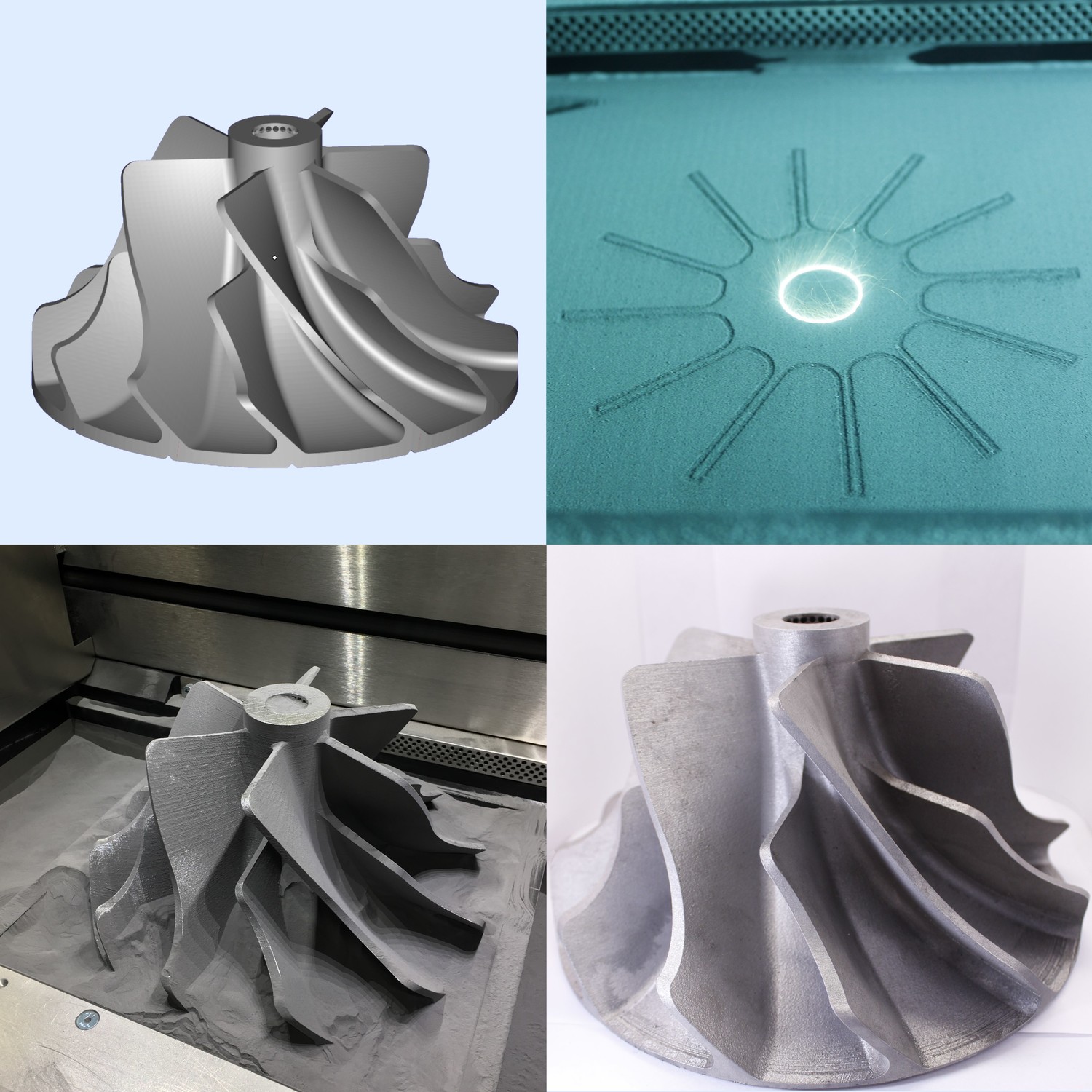
As a rule of thumb, resource reduction applications are reactive – plugging a hole or finding a quick fix – while function fulfillment applications are proactive – more likely aspiring to achieve groundbreaking performance enhancement capable of redefining industry standards. Companies should consider which AM strategy supports their particular business model and set of goals: is the goal to drastically reduce product development times and release many, relatively short-lived products? Is the goal to qualify a single game-changing product line in a highly regulated industry and produce it regularly for years to come? Companies need to define these goals when considering AM, and examine the list of potential AM projects that will be explored if granted access to the technology. Are the goals and the potential projects aligned? A successful AM integration starts with this basic exercise.
About the Author: Form 3D Solutions is a Boston-area additive technologies solutions company specializing in DMLS (metal printing). While many of our customers utilize us for rapid prototyping services, our ambition is to foster collaboration and develop the capabilities of additive manufacturing to more sufficiently address production-grade needs.



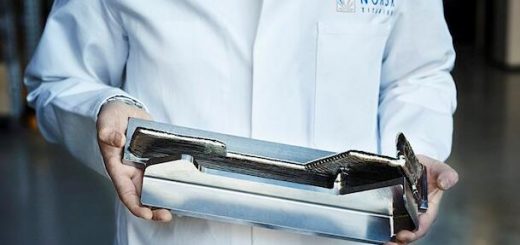
Recent Comments